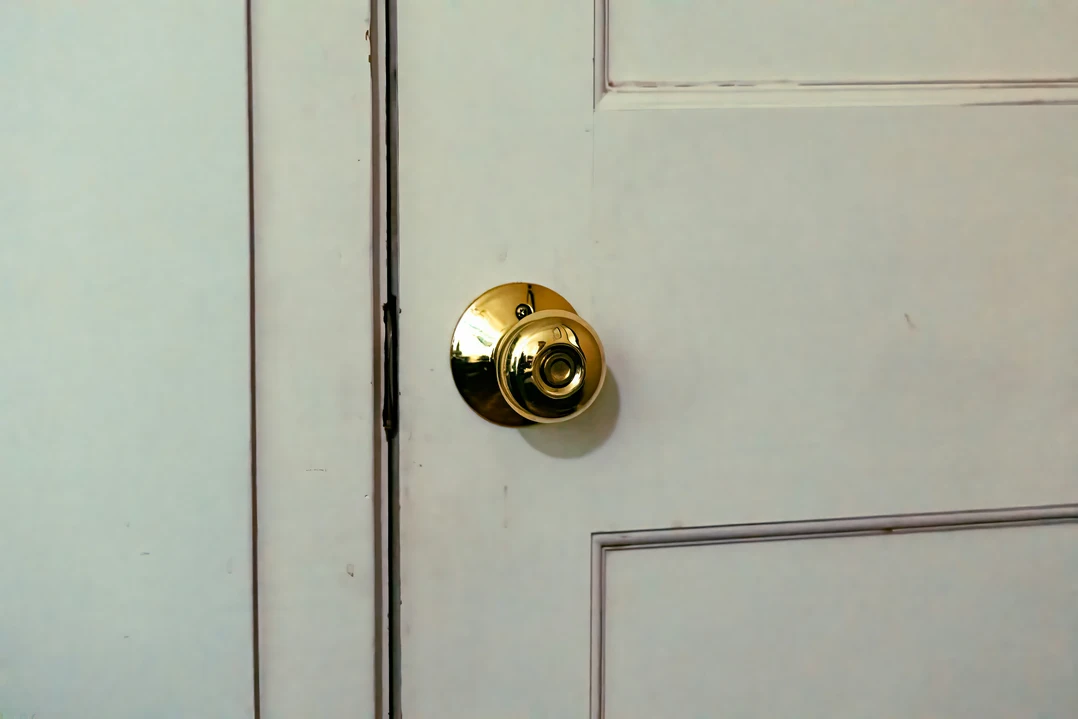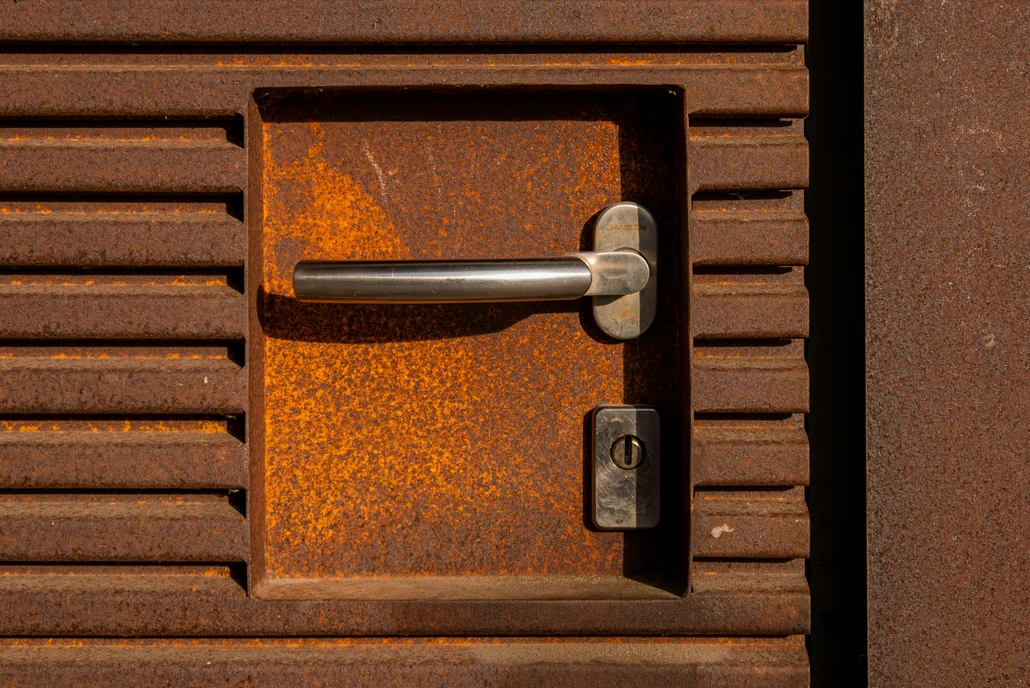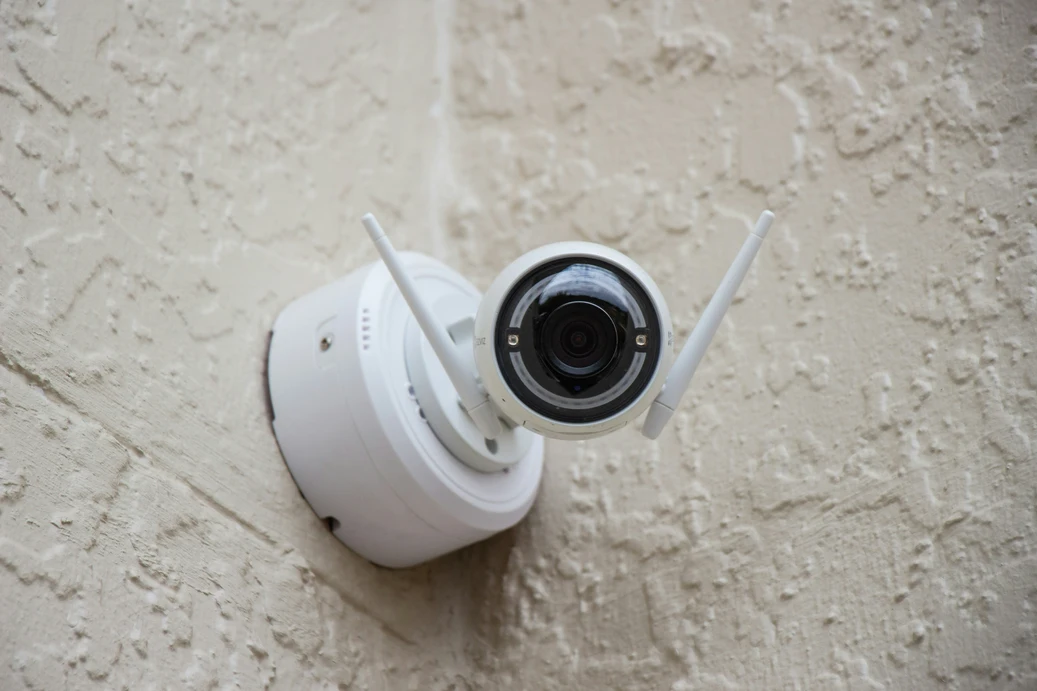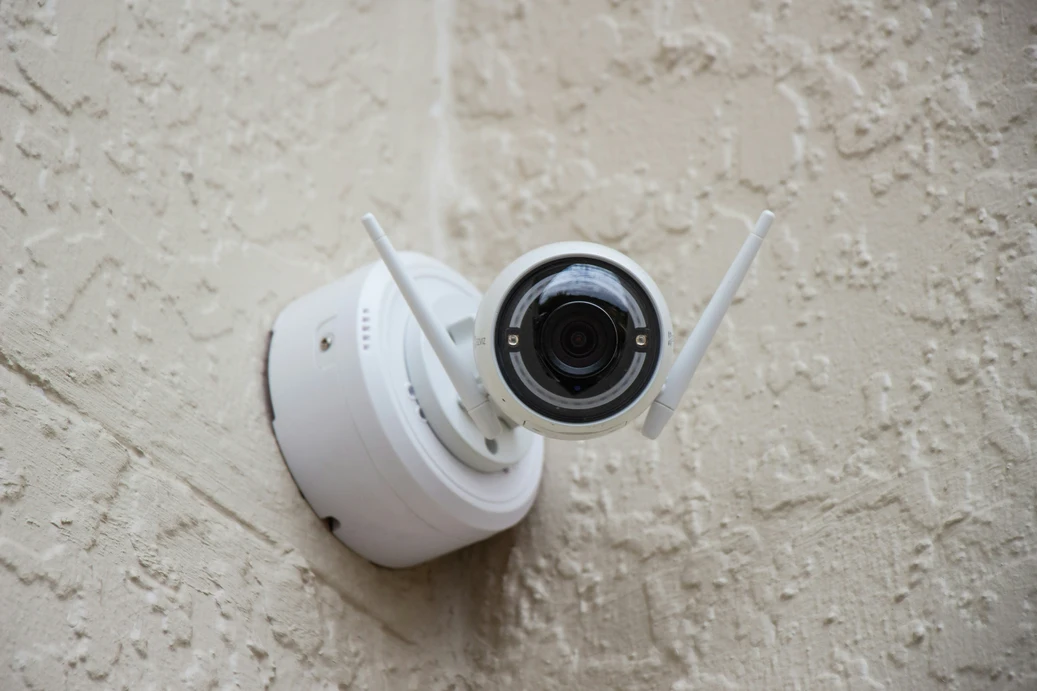When you think of safety at home, you probably picture locks, alarms, and security cameras. But there’s a smaller detail quietly shaping your sense of security every day: the shape of your door handles. Far from being just a design choice, door handle shapes carry subconscious signals that influence how protected or vulnerable you feel when entering or leaving a space.
Psychologists and designers agree that our interaction with touchpoints in our environment deeply affects comfort, trust, and safety awareness. And among all touchpoints in the home, door handles are one of the first physical contacts you make when moving between spaces.
From rounded door handles to sleek levers and elongated pulls, every handle style communicates something different. The surprising part is that these subtle signals can alter how secure you feel without you even realizing it. Let’s explore how door handle shapes and their subconscious effect on feeling safe really work.

1. Rounded Door Knobs and the Illusion of Control
The classic round knob has been a staple in homes for decades. Because it requires a firm grip and a turning motion, it subconsciously signals control. The effort involved in turning a knob creates a sense of intentional entry and exit, which can make people feel more secure inside.
However, rounded knobs can also feel less reassuring in high-stakes settings because they are harder to operate quickly during emergencies. Still, in residential environments, they subconsciously reinforce the feeling that your space is “locked in” and protected.
2. Lever Handles and the Sense of Accessibility
Lever handles are sleek, modern, and easy to use. Their shape suggests openness and accessibility, which can make them feel less defensive but more comfortable. Subconsciously, levers reduce anxiety for households with children, seniors, or people with mobility issues, because they communicate ease of movement.
The trade-off? Because they are easy to push down, some people may associate them with lower resistance, slightly reducing the feeling of maximum security compared to traditional knobs. Yet in everyday life, lever handles often strike the balance between usability and reassurance.

3. Vertical Pull Handles and the Subconscious Sense of Strength
Large vertical pull handles—often seen on front doors of modern homes or commercial buildings—carry strong subconscious signals of durability and power. Their elongated form looks solid and firm, which can make people feel that the door itself is stronger.
Psychologically, grasping a vertical bar requires the whole hand, which creates a tactile sense of strength and presence. This is why luxury homes and offices use them: they make the entrance feel commanding and secure.
4. Minimalist Flush Handles and Subtle Vulnerability
Flush handles that blend seamlessly with the door create a sleek, minimalist aesthetic. While beautiful, they can sometimes subconsciously suggest vulnerability. Why? Because they look less obvious as a barrier.
Without a protruding handle to grasp, some people feel slightly uneasy, as though the door is more fragile or temporary. Designers often offset this by pairing flush handles with sturdy materials like steel or reinforced wood to reintroduce the subconscious signal of strength.
5. Decorative Handles and the Perception of Safety Through Familiarity
Ornate handles with curves, patterns, or unique shapes may not scream “strength,” but they do offer something equally powerful: familiarity. Subconsciously, when a handle feels warm, inviting, and recognizable, it lowers stress and creates a sense of being “at home.”
The feeling of safety isn’t always about how strong a handle looks, but also how emotionally comforting it feels. Decorative handles tie safety to the subconscious reassurance of personal identity and tradition.

How Door Handle Shapes Subconsciously Influence Your Daily Safety Routine
Every time you grip a handle, you’re not just opening a door—you’re reaffirming or questioning how safe that space feels. Rounded knobs give you the sense of controlled access, levers communicate comfort and usability, vertical pulls reinforce strength, flush handles highlight vulnerability, and decorative designs offer emotional reassurance.
This is why architects and interior designers carefully select handle shapes not just for style, but for the subtle psychological signals they send about security and belonging.
FAQs About Door Handle Shapes and Feeling Safe
Q1. Do door handle shapes really affect safety, or is it just design psychology?
Both. The physical usability of a handle impacts how secure a door is in practice, while the shape also sends subconscious signals that shape how safe you feel.
Q2. Which door handle shape is best for maximizing safety?
Vertical pull handles and sturdy knobs tend to subconsciously suggest the highest level of strength and resistance, but true safety also depends on the lock system behind the handle.
Q3. Are lever handles less safe than knobs?
Not necessarily. Lever handles are easier to operate, which makes them accessible but may make some people feel they are easier to bypass. When paired with strong locks, they are just as secure.
Q4. Why do luxury homes often use oversized handles?
Oversized handles signal durability and permanence, giving residents and guests a subconscious sense of security and presence.
Q5. Can decorative handles still make people feel safe?
Yes. While they may not look as strong as industrial designs, their familiarity and personal warmth create a sense of emotional security, which is just as important in a home environment.
Q6. How should I choose a door handle for my home if I want both safety and comfort?
Look for a shape that balances security with usability. A sturdy lever or vertical pull paired with strong locks provides both subconscious and real-world safety.
Want More Blogs Like These?
Check out more insights in Secure Living on Designs24hr, where we explore how subtle design choices shape safety, comfort, and peace of mind.







